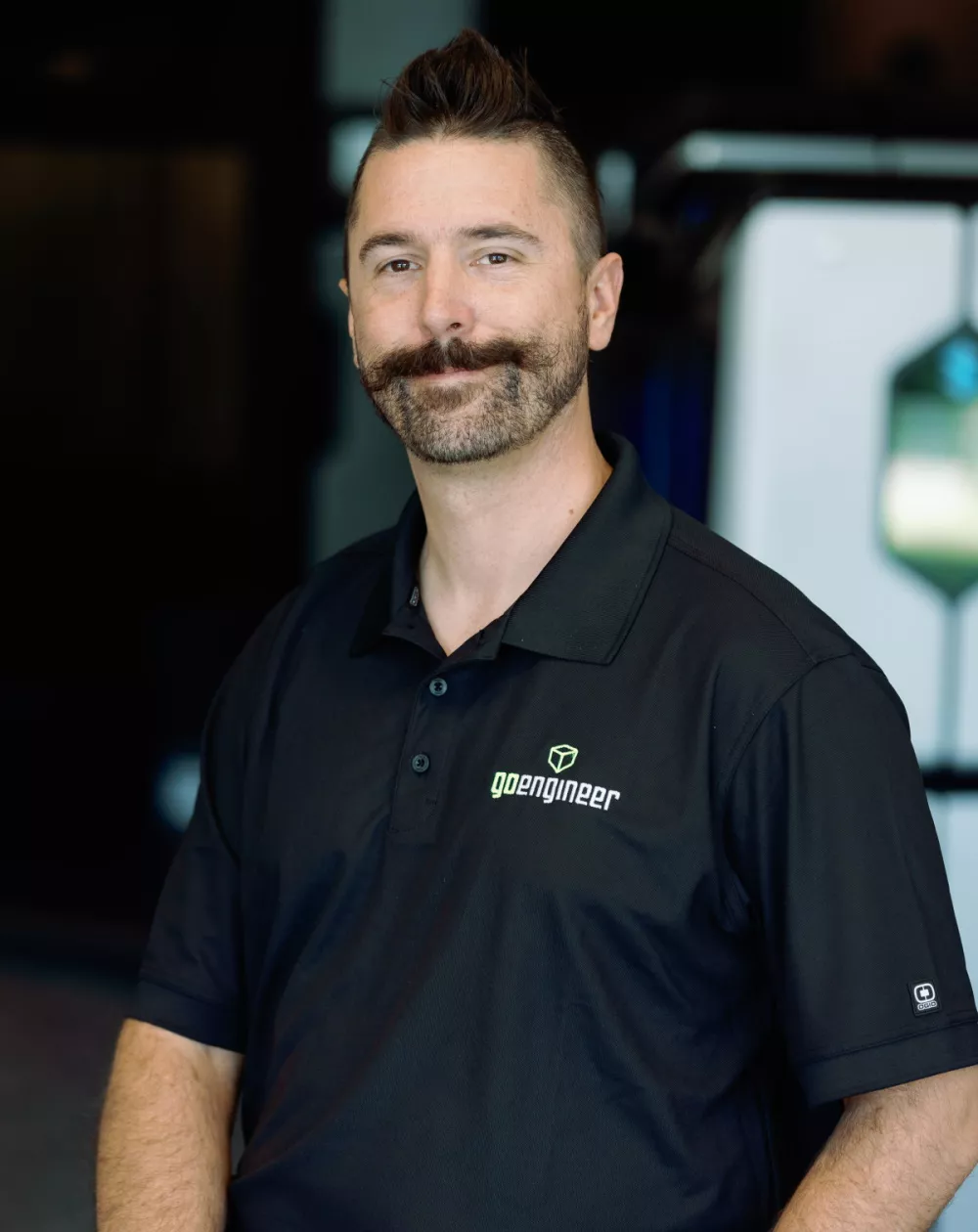SOLIDWORKS Education Watermark Removal
SOLIDWORKS is distributed under both commercial and educational licenses. Commercial are unlimited use licenses for use by companies and individuals in for-profit ventures. Educational licenses are limited use licenses available to academic institutions to facilitate engineering learning and cannot be used in for-profit ventures.
What allows for this difference is that all CAD files produced in educational software are tagged with a watermark appearing on all prints and PDFs produced from those files. This educational watermark promotes the proper use of commercial licenses as no company wants to have their documentation showing this tag.
Where can this be an issue? Online CAD Libraries such as 3D Content Central or GrabCAD can contain a mix of commercial and educational files because files may be submitted regardless of their origins.
Student Interns within companies regularly have their own computers installed with educational use software while doing modeling work for the company itself. It is not uncommon for an intern to work on designs from home and thereby tag these CAD files with educational watermarks.
What can be done about this?
Depending on what the CAD files will be used for and what the company can accommodate, determines what will be done.
Critical Files
Note: Foremost, the design files must have begun their existence as non-educational files without a watermark, destined for manufacturing/production. The following process cannot be applied to files that were first modeled in student/educational versions of the software then later taken to production.
SOLIDWORKS is capable of removing the educational watermark in cases of “exceptional circumstance”, where remodeling the file or otherwise replacing the file would have large scale issues within the lifecycle of the design. For SOLIDWORKS to remove the educational watermark the following requirements must be met (set by SolidWorks Corp):
- The customer can explain why they were using an educational version of SOLIDWORKS
- The customer can explain how files generated with an educational version of SOLIDWORKS came to be used in production
- The customer can explain why this is business-critical to them, and why there are no alternative solutions available, such as remodeling the files
- The customer declares that there was no deliberate use of an educational license for commercial purposes
If files meet these requirements contact technical support (support@goengineer.com) to request an “EDU Watermark Removal Form” to fill out for approval (reference solution ID S-043713). If the request is approved the files are collected as one lump package and sent to SOLIDWORKS for processing then returned to the customer without watermarks.
Non-Critical Files
For non-critical files or files that do not meet the Business Critical requirements, there are still some options. Running the following process will remove the watermarks from the CAD geometry files (Drawings may not be cleaned in this way) at the cost of also removing the feature history (the process creates a multibody part containing only imported bodies):
- Open the original file containing the educational watermark within a commercially licensed version of SOLIDWORKS
- Insert this watermarked part file into an assembly as the part/assembly present
- In the new assembly go to ‘File’, ‘Save As’
- Set the file type to .SLDPRT instead of .SLDASM
- Set the option for ‘Geometry to Save’ to “All Components”
- Name and save the new part file
The resulting file may then have FeatureWorks run on it in order to produce a rudimentary feature history if needed or desired. It is not an optimal solution but in cases where the watermark needs to be removed and cannot be done by SolidWorks Corp, it remains an option.
The process outlined above is preferable to save the watermark file into a neutral file format (such as IGES, STEP, or Parasolid) then reimporting the geometry to SOLIDWORKS. Neutral format files will import with gaps between faces that come with their own challenges; these gaps are generally not present when a file is directly saved from SOLIDWORKS Assembly into a SOLIDWORKS Part file.
Finally, if the file needs to absolutely retain the original feature history and it does not qualify for an EDU Watermark removal by SolidWorks Corp, the file would then need to be rebuilt as a new part from scratch.

About Ryan Dark
Ryan has been in the GoEngineer technical support team since February 2008 where he most notably provides support for all FEA and CFD software offered by SolidWorks. His most recent accolade is the title of Elite Application Engineer awarded by SolidWorks Corp.
Get our wide array of technical resources delivered right to your inbox.
Unsubscribe at any time.